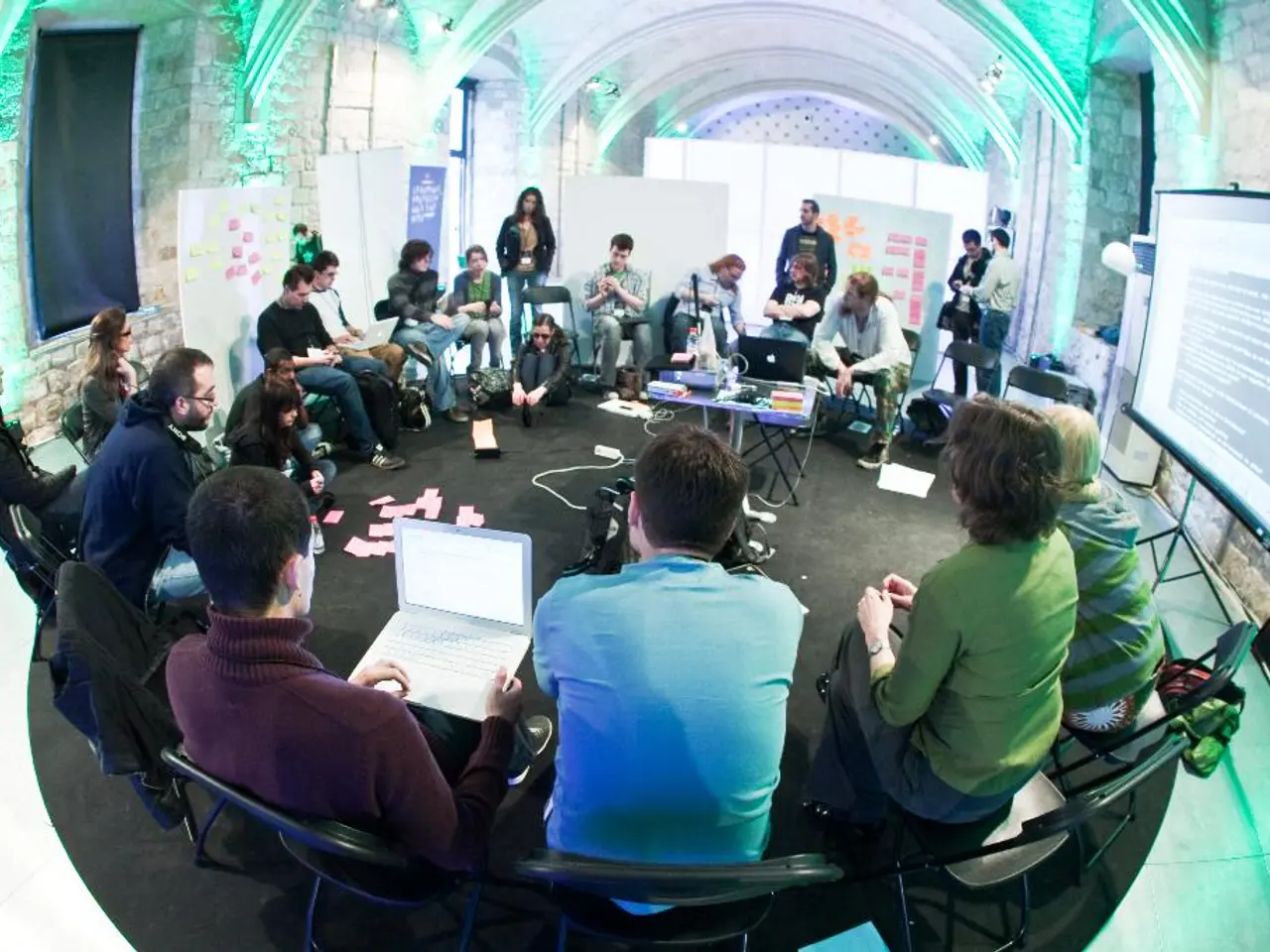Benefits and Applications of Virtual Reality in the Construction Sector
Virtual Reality (VR) technology is revolutionizing the construction industry, offering numerous benefits that range from waste reduction to improved safety and client engagement.
Enhanced Visualization and Planning
VR technology enables construction professionals to create detailed 3D models of proposed structures, allowing stakeholders to visualize and optimize designs before actual building begins. This technology is used extensively for pre-construction planning, helping teams to test and analyze different construction scenarios and methodologies.
Improved Safety Training
VR provides a safe and immersive environment for workers to simulate real-life situations, such as emergency response or equipment handling, without physical risk. This improves learning outcomes, reduces human error, and enhances safety on construction sites.
Better Collaboration and Communication
VR supports better communication among teams and accelerates decision-making by creating virtual environments that can be updated in real-time and shared across locations. This fosters collaboration and reduces project delays.
Cost Savings and Waste Reduction
By using VR, potential issues can be identified and addressed before construction begins, reducing the need for costly rework and change orders. VR technology can also optimize material usage by creating accurate 3D models, helping to reduce waste and save money.
Remote Management and Client Engagement
VR technology allows construction projects to be managed remotely, useful during the COVID-19 pandemic and for reducing travel costs. Additionally, VR provides clients with a more immersive and engaging experience, allowing them to view and interact with 3D models of their construction projects before they are built, enhancing client satisfaction.
Overcoming Challenges
While VR offers many benefits, there are also technical limitations. For instance, it may not be able to accurately represent certain aspects of a construction project, such as the way that wind or weather conditions may affect the project. Another disadvantage is the need for training for construction workers and engineers to learn how to use VR technology effectively.
In conclusion, the evolution of VR in the construction industry has come a long way, and its applications are vast. From safety training to project design and pitching, VR technology has opened up new avenues for construction companies to improve their processes and workflows. As VR technology continues to advance, we can expect to see even more innovative uses in the construction industry.
Science and technology have played a significant role in enhancing the construction industry by introducing Virtual Reality (VR) technology. This innovation aids in the creation of detailed 3D models used for visualization and planning, improving safety through immersive training simulations, fostering better collaboration with real-time communication, and reducing costs with waste reduction and optimized material usage. Education and self-development in the domain of VR are crucial as well, as workers and engineers must learn to effectively leverage this technology for its myriad applications, overcoming challenges and seizing new opportunities in the construction sector. The finance industry, with both businesses and investors involved, will undoubtedly benefit from these advancements in gadgets and technology being implemented in the construction industry.




